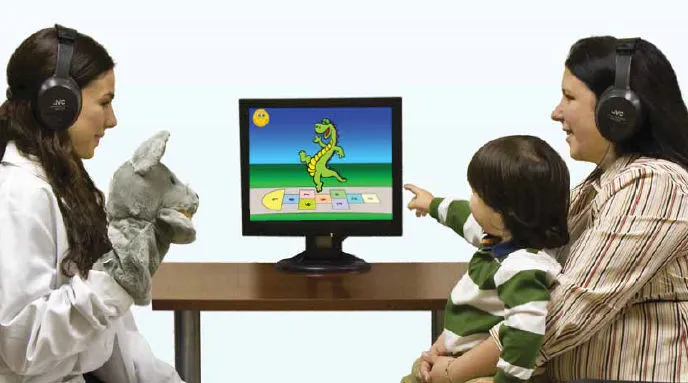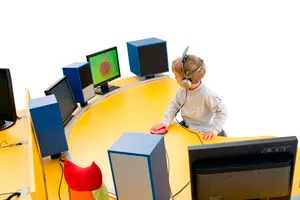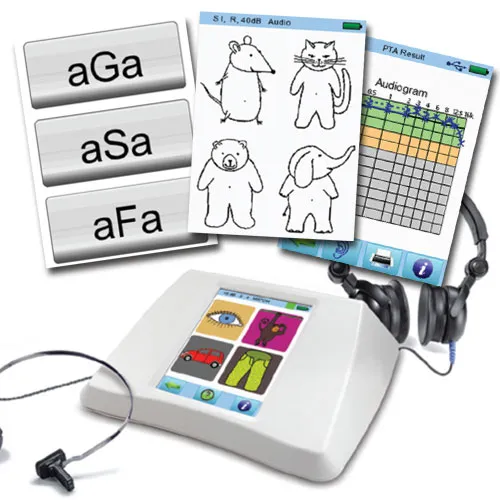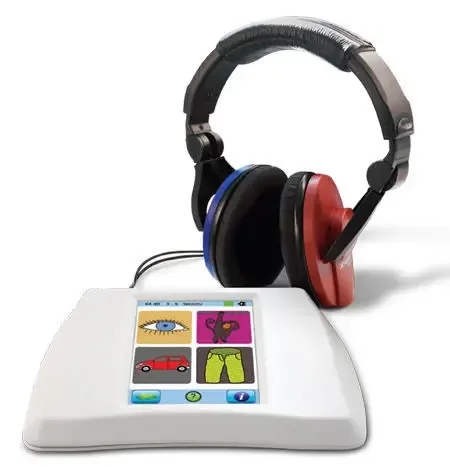

Hearing loss affects people of all ages, but diagnosing it in very young children can be difficult because they may not be able to explain or communicate their hearing problems. This is where Visual Reinforcement Audiometry (VRA) becomes valuable. VRA is a specialized test designed to evaluate hearing in infants and toddlers who are too young to participate in standard hearing assessments.
The test uses visual rewards to encourage and confirm a child’s response to sound. It is carried out in a sound-treated booth, where the child is seated either on a parent’s lap or in a high chair. A trained audiologist or hearing professional plays sounds at different pitches and volumes through speakers in the booth. When the child responds to a sound, an engaging visual stimulus—such as a moving toy or animated figure—is shown as a positive reinforcement, helping make the test both accurate and child-friendly.
Visual Reinforcement Audiometry (VRA) uses visual cues to encourage and confirm a child’s response to sounds. The process begins by conditioning the child to associate a sound with a visual reward, such as a moving toy or puppet. During this phase, a sound at a specific pitch and volume is played, followed immediately by the visual reward. This is repeated until the child consistently turns their head or looks toward the reward when the sound is played.
Once the child is conditioned, the actual test begins. The audiologist plays sounds at various frequencies and volumes, and the child’s responses are reinforced each time with the visual stimulus. These responses are carefully recorded and used to determine the child’s hearing threshold—the quietest level of sound they can reliably detect.


Visual Reinforcement Audiometry (VRA) provides several advantages over standard hearing tests, especially when testing infants and toddlers. Key benefits include:
Completely Non-Invasive: The procedure is gentle and requires no direct physical interaction with the child, making it stress-free.
Reliable and Accurate: Because the child’s reaction is linked to a clear visual cue, results are easier to interpret and more trustworthy.
Fast Testing Process: VRA delivers results quickly, allowing hearing concerns to be identified and addressed without delay.
Child-Friendly Approach: The use of moving toys, lights, or animations keeps children entertained and attentive, making testing smoother.